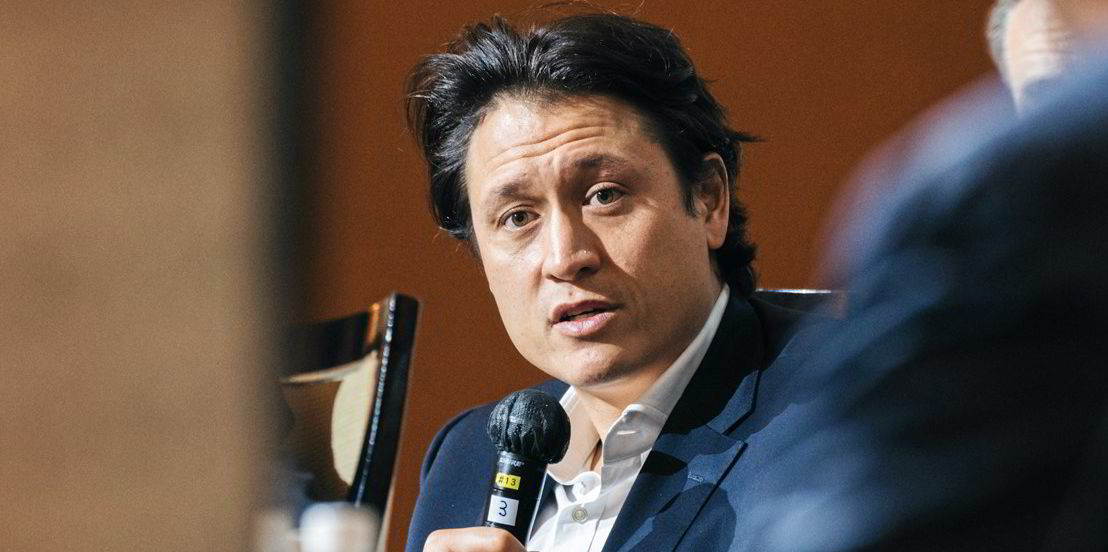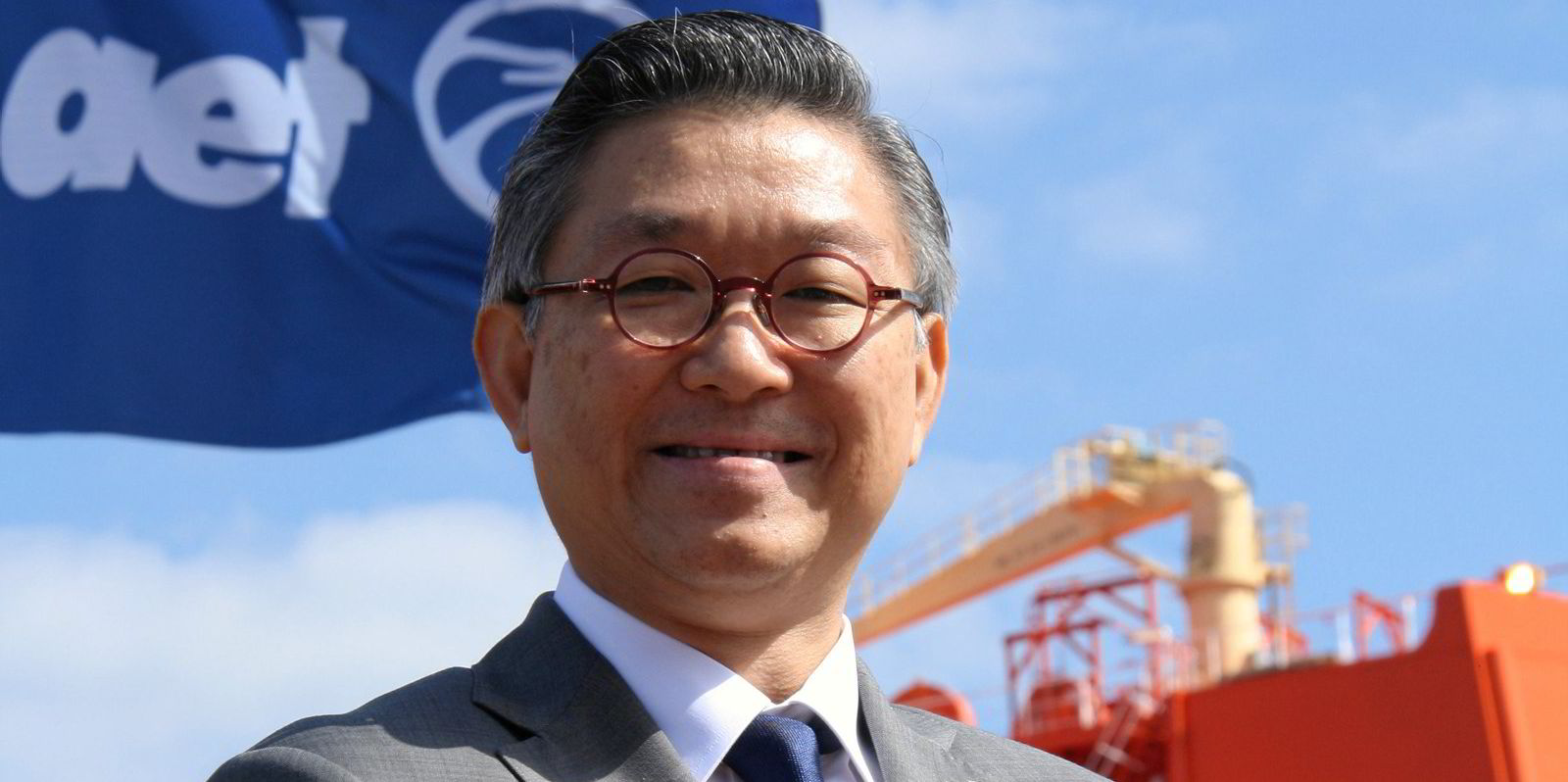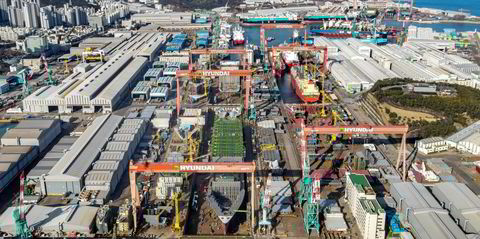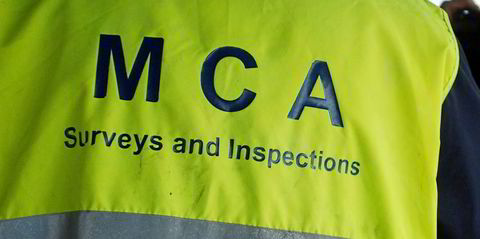Decarbonisation has been the main topic of discussion at Singapore Maritime Week, and while many of the debates focus on which technologies and fuels will be used in green ships of the future, only a few of the largest owners have tied themselves to a particular pathway.
AP Moller-Maersk has gone to great lengths to explain the rationale behind its decision to go down the methanol path, and MISC announced it will be ordering ammonia dual-fuel VLCCs in partnership with other members of the Castor Initiative.
But for most smaller shipowners, making such an expensive investment decision is something they just cannot do right now.
Speaking at Marine Money’s Singapore Ship Finance Forum on Wednesday, the senior executives of two respected shipping companies in the smaller size categories conceded that their only choice is to sit on the sidelines and see which new technology or green fuel ultimately wins.
And that means for now they do not plan on ordering new ships.
Taylor Maritime chief executive Edward Buttery said that for the handysize bulker space, there has not been much in the way of real developments in decarbonising the technology that goes into the ships.
This, he said, makes ordering ships a risk.
“You are making a 30-year investment in technology that is probably going to be out of date in 10 to 20 years, so you are paying a huge premium relative to buying a well-maintained 15-year-old ship,” he explained.
Echoing Buttery’s comments was Swire Shipping managing director James Woodrow, who said that with shipbuilding prices increasing dramatically, there is too much risk ordering at the top of the market when there is so much uncertainty over what technology and fuel types will ultimately prevail.
Swire Shipping, he said, is in a comfortable position, as it replaced almost its entire fleet with new ships over the past five years.
Both executives said their decarbonisation efforts will instead focus on retrofitting and improving the efficiency of their existing ships.

Buttery said: “I could buy a 10-year-old ship for $15m or $16m, and put a million dollars of new technology into it and slow it down — which we’re going to have to do in a couple of years anyway — and with the technology coming through, and biofuels, I suspect that my job of not only creating profitability for my investors, but also reducing carbon footprints, is achievable more easily.”
Taylor Maritime, he added, is investing heavily in its assets, equipping them with propeller boss fin caps and eco-friendly paints.
“We don’t have any bottled water on board the ships any more, which I know sounds like low-hanging fruit, but 200,000 bottles a year are now saved ... with the payback for the water filters over six weeks a big one,” Buttery said.
Woodrow cautioned that it would not be possible for Swire Shipping to pass on to its customers the costs of ordering expensive ships with all the new technology.
“We’re servicing some very remote communities, and they are reliant on us literally for the rice that goes on the table each and every day, and to be honest, they don’t really have much choice,” he said.
“At the end of the day, ships cost us more to build; we have to pass those [costs] on to the customer. It is a difficult situation because it is inflationary.
“I think that is the same whether it is in the major economies or the smaller economies — shipping is part of inflationary pressure.
“It is going to lead to difficult decisions for some of these small communities, because it does mean that freight over time is going to be more expensive.”
Other smaller shipowners attending the Marine Money forum told TradeWinds that they too are holding off ordering ships amid the high shipbuilding costs and uncertainties, preferring to extend the lives of existing ships or buy quality secondhand tonnage.






